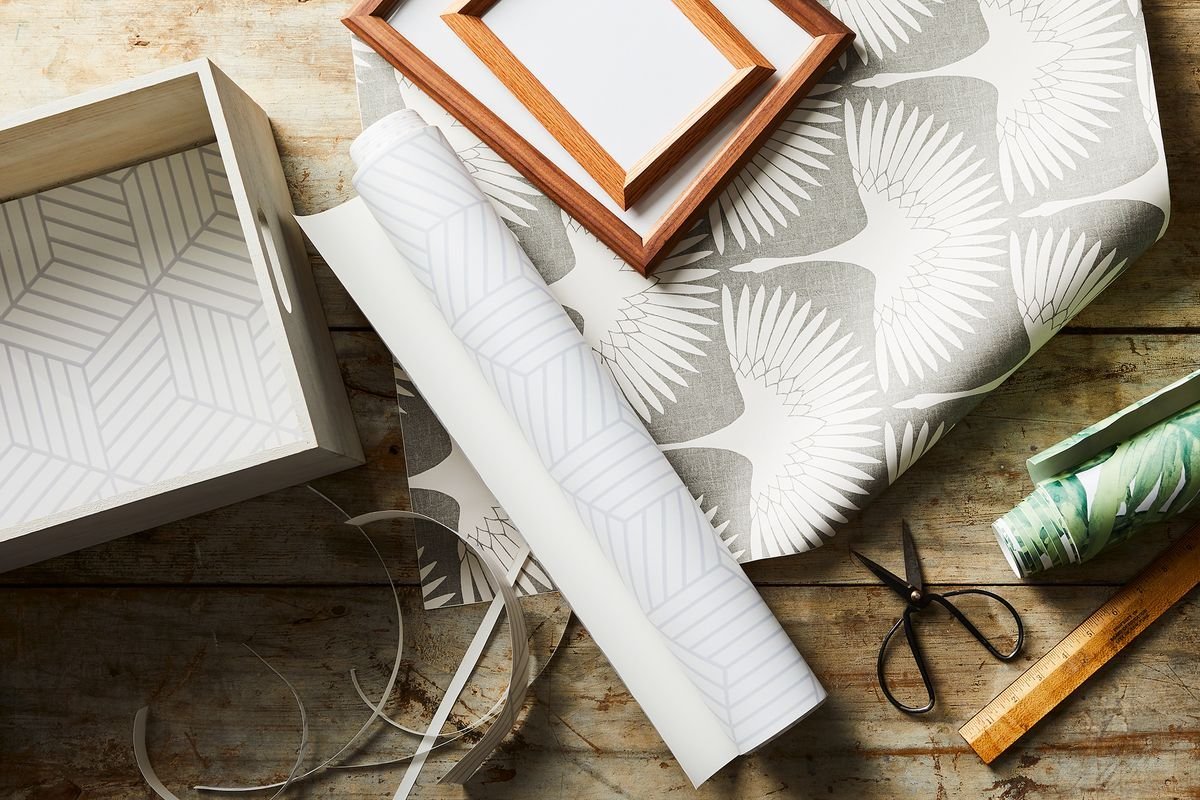When it comes to culinary excellence, the right tools can make all the difference. Among the essential tools in any chef’s arsenal, the Damascus chef’s knife stands out not only for its functionality but also for its aesthetic appeal. Known for its unique patterns and exceptional sharpness, a Damascus chef’s knife can elevate your cooking experience. This guide will help you choose the perfect Damascus chef’s knife tailored to your culinary needs, ensuring you make an informed decision that enhances your kitchen endeavors.
Understanding Damascus Steel
Before diving into the selection process, it’s essential to understand what makes a Damascus knife unique. Damascus steel is created by layering different types of steel and forging them together, resulting in a blade with a distinctive wavy pattern. This construction not only adds beauty but also enhances durability and edge retention. The combination of hard and soft steels creates a blade that is resilient, flexible, and capable of achieving a razor-sharp edge.
Factors to Consider When Choosing a Damascus Chef’s Knife
1. Blade Size and Shape
The size and shape of the blade play a crucial role in its functionality. Most chef’s knives range from 8 to 10 inches, but you may also find shorter or longer options depending on your preferences. A longer blade is ideal for slicing and chopping larger ingredients, while a shorter blade offers more control for detailed tasks. Additionally, consider the blade shape; a traditional Western-style chef’s knife has a curved blade for rocking motions, while a Japanese-style knife, such as the kiritsuke chef knife, features a straight edge for precision cutting.
2. Weight and Balance
The weight and balance of a knife can significantly impact its usability. A heavier knife may provide more power for cutting through dense ingredients, while a lighter knife allows for quick and nimble movements. It’s essential to choose a weight that feels comfortable in your hand. Ideally, a well-balanced knife should feel as if it’s an extension of your hand, allowing you to maneuver effortlessly while preparing food.
3. Handle Material
The handle of a knife is just as important as the blade. A comfortable grip will enhance your control and reduce fatigue during prolonged use. Damascus chef’s knives often come with handles made from various materials, including wood, resin, or composite materials. Wooden handles offer a traditional aesthetic and a comfortable grip but may require more maintenance. In contrast, synthetic handles provide durability and resistance to moisture but may lack the warmth of wood.
4. Blade Thickness
The thickness of the blade influences its cutting performance. Thicker blades are more robust and suitable for heavy-duty tasks, such as chopping bones or dense vegetables. However, they may not perform as well for precision tasks. Conversely, thinner blades are better for intricate cutting but may be more prone to damage. Consider what tasks you primarily perform in the kitchen to determine the ideal blade thickness.
5. Edge Profile
The edge profile of a knife affects its cutting capabilities. A traditional Western chef’s knife typically has a curved edge, allowing for a rocking motion during chopping. In contrast, a Japanese knife like the kiritsuke chef knife has a flatter edge, making it ideal for precision cuts and slicing. Understanding the edge profile that best suits your cooking style is essential for maximizing your knife’s potential.
6. Price and Quality
While it can be tempting to choose a knife based solely on price, investing in a quality Damascus chef’s knife is essential for long-term satisfaction. High-quality knives may come with a higher price tag, but they offer superior materials, craftsmanship, and performance. Look for reputable brands that specialize in Damascus steel knives, and consider purchasing from retailers that provide a warranty or satisfaction guarantee.
Care and Maintenance of Your Damascus Chef’s Knife
Once you’ve chosen the perfect Damascus chef’s knife, proper care and maintenance are crucial to ensure its longevity and performance. Here are some tips to keep your knife in top shape:
- Hand Wash Only: Always hand wash your Damascus knife with mild soap and warm water. Avoid using abrasive sponges or putting it in the dishwasher, as harsh conditions can damage the blade and handle.
- Dry Immediately: After washing, dry the knife immediately to prevent moisture from causing corrosion.
- Regular Sharpening: Regularly sharpen your knife to maintain its edge. Use a whetstone or honing rod to keep the blade sharp and effective.
- Store Properly: Store your knife in a knife block, magnetic strip, or protective sheath to prevent damage to the blade and to protect yourself from accidental cuts.
Conclusion
Choosing the perfect Damascus chef’s knife for your culinary needs is an investment that can significantly enhance your cooking experience. By considering factors such as blade size, weight, handle material, and edge profile, you can find a knife that fits comfortably in your hand and performs efficiently in the kitchen.



